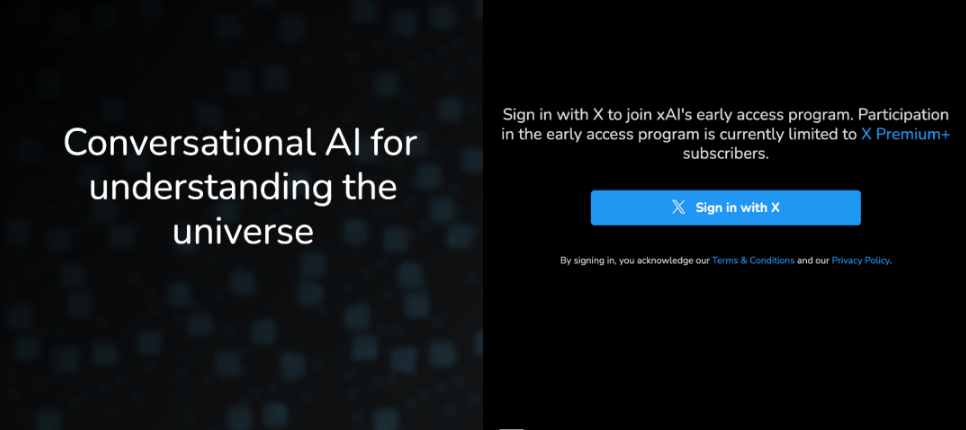Evaluating the Role of AI in Modern Cleaning Operations
As businesses increasingly turn to technology to streamline operations and cut costs, JanitorAI emerges as a groundbreaking solution in the field of facility maintenance. But can this advanced system truly replace the human cleaning staff, or does it serve better as a supplementary tool? Let’s explore the capabilities, benefits, and limitations of JanitorAI in the context of traditional cleaning roles.
Efficiency and Reliability of JanitorAI
Boost in Cleaning Efficiency
One of the most compelling arguments for the adoption of JanitorAI is its superior efficiency. In documented cases, facilities utilizing JanitorAI have reported a reduction in the time required for routine cleaning tasks by up to 50%. This AI system can operate around the clock without breaks, fatigue, or inconsistencies—an edge that human staff simply cannot match. For instance, during overnight shifts, JanitorAI can clean at full capacity, ensuring that businesses start the day in a pristine environment.
Cost Reduction Insights
Another major advantage is the potential for significant cost savings. The initial setup and ongoing maintenance of JanitorAI can be costly, but these expenses often offset the salaries, benefits, and insurance costs associated with a human cleaning crew. Businesses have noted a decrease in cleaning costs by approximately 30% annually after integrating JanitorAI into their operations.
Quality and Customization
Maintaining High Standards
JanitorAI consistently adheres to predefined cleaning standards with precision. It uses sensors and machine learning to assess the cleanliness level and adjusts its methods accordingly, ensuring optimal results every time. This level of customization and attention to detail can sometimes surpass human capabilities, especially in environments requiring stringent cleanliness, like hospitals and laboratories.

Human Interaction and Job Dynamics
The Human Element
Despite the many benefits of JanitorAI, there are crucial elements that AI cannot replicate. Human cleaners play a significant role in adapting to unexpected changes and handling non-routine tasks. They can also provide a personal touch, crucial for customer service in industries like hospitality.
The Potential for Job Displacement
One of the primary concerns with the adoption of JanitorAI is the potential displacement of human jobs. While it’s true that JanitorAI can take over many traditional cleaning roles, this doesn’t necessarily mean the elimination of employment. Instead, roles can shift towards more supervisory and technical maintenance positions, focusing on managing the AI and ensuring its smooth operation.
Collaborative Work Environments
Integration Rather Than Replacement
The most effective approach in many scenarios is a hybrid model where JanitorAI and human staff work collaboratively. This integration allows the AI to handle mundane and labor-intensive tasks while human employees focus on areas requiring subtle judgment and interpersonal skills. Such a model not only maximizes efficiency but also preserves essential employment opportunities.
janitorai: A Tool for the Future
While the capabilities of janitorai suggest that it can replace many functions traditionally performed by human cleaners, it does not necessarily mean the obsolescence of all cleaning jobs. Instead, JanitorAI should be viewed as a tool that can transform and elevate the cleaning industry, reshaping roles and improving operational efficiencies.
Conclusion: A Partnership Rather Than a Replacement
In conclusion, while JanitorAI can significantly reduce the need for traditional cleaning staff, it does not fully replace the nuanced and adaptive nature of human work. The future likely holds a balanced approach, where AI and humans collaborate to achieve the highest standards of cleanliness and efficiency in the workplace.